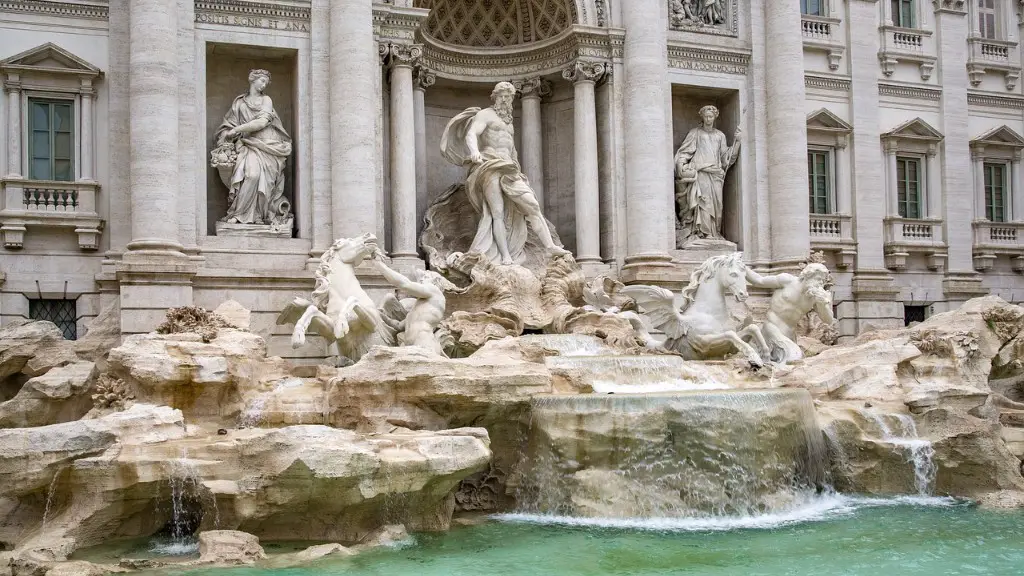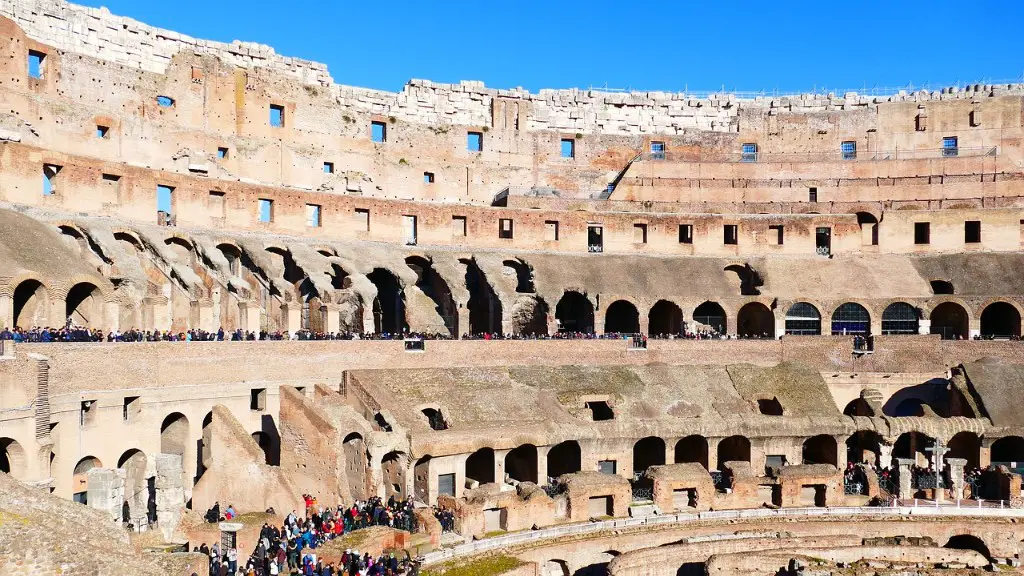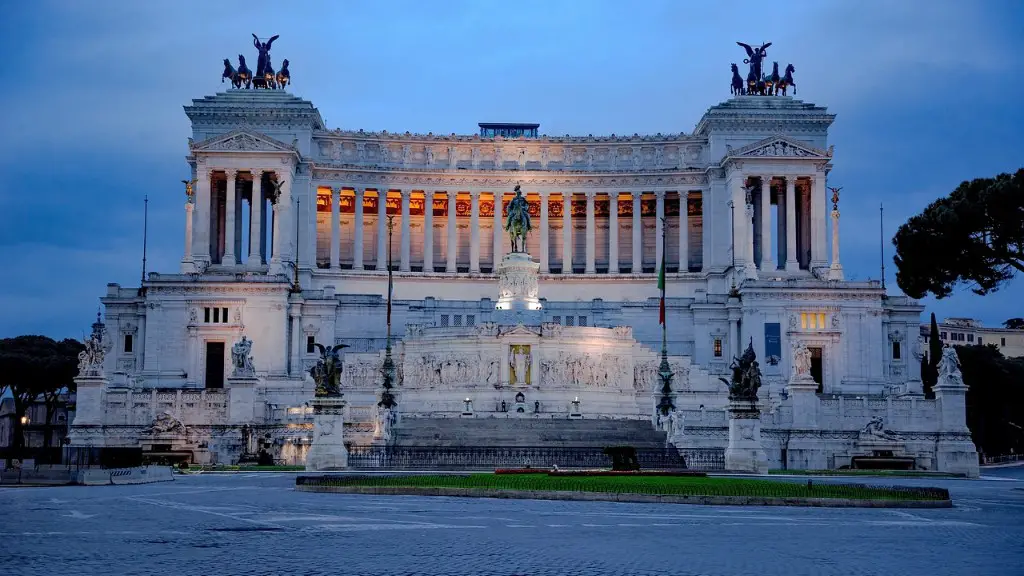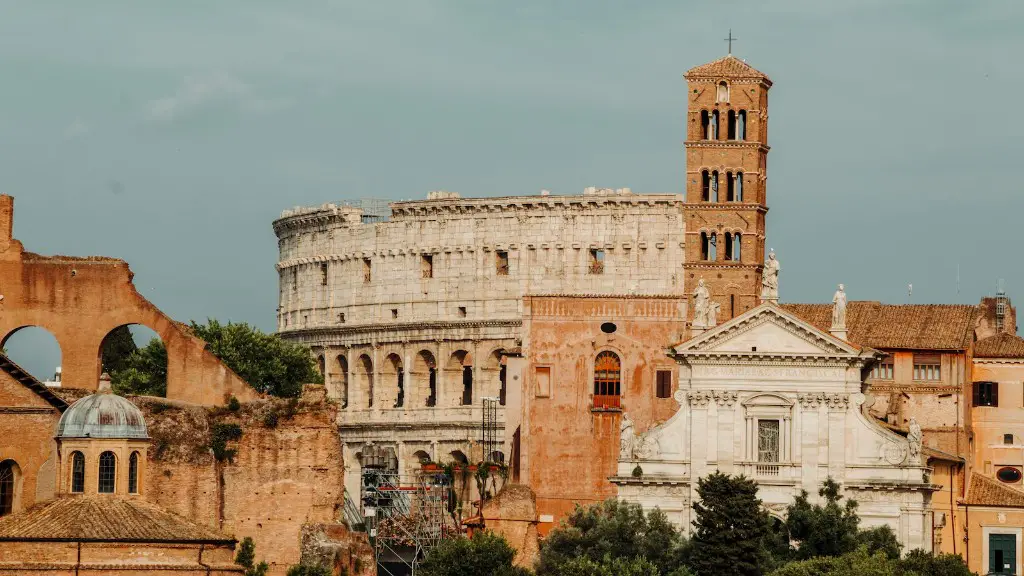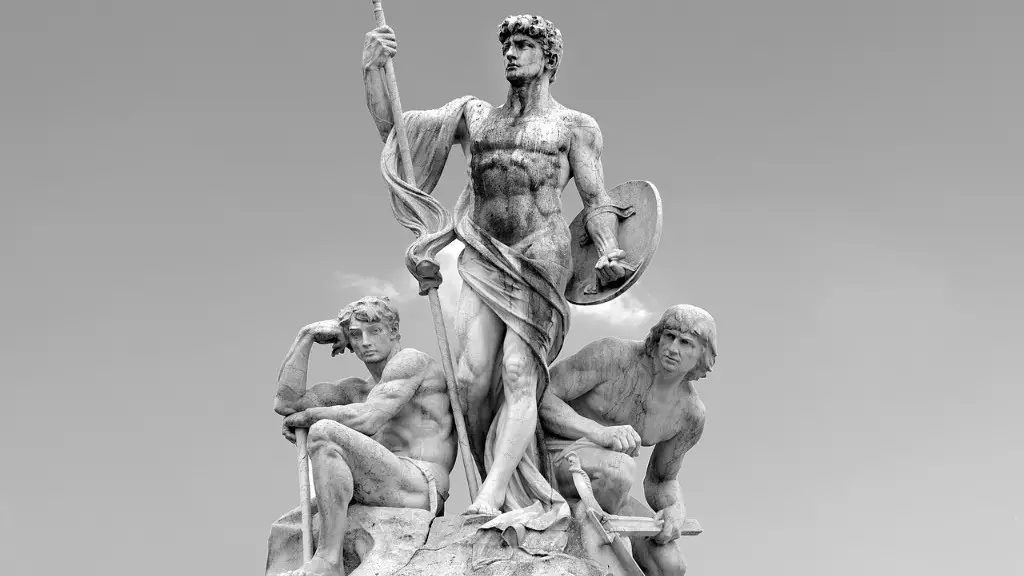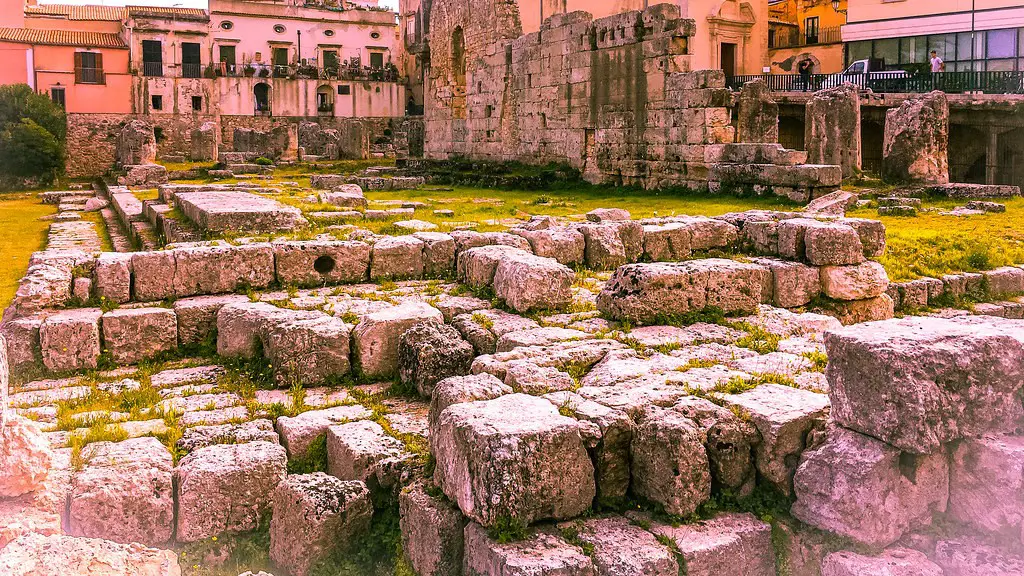Origins of Ancient Rome
Ancient Rome was a city-state that was established around the beginning of the 8th century BCE. According to ancient legend, the city was founded by twin brothers, Romulus and Remus, in 753 BCE. These two brothers and the Roman Empire they founded are the subject of much historical debate and embellishment. The modern-day city of Rome lies on the site of what was once the ancient city of Rome, which has been around for more than 2,700 years.
The origins of the Roman Empire and its culture can be traced back to its foundation. Roman culture was a combination of influences from the Etruscans, Greeks, and other Mediterranean peoples. It was based on a republican form of government with a system of civil law and the recognition of private ownership of property. Roman law became the basis for the legal systems of many countries in the western world.
The Roman Republic, founded in 509 BCE, was the first form of government in Rome, and it was led by two consuls chosen annually from the Senate. This Republic was transformed into the Roman Empire in 27 BC after Augustus, the first emperor, took power. The Empire was divided into provinces, and each was governed by a representative of the emperor. The Empire was expanded over the following centuries, and Rome became the most powerful city in the Mediterranean region.
The Roman Empire was an influential political, economic, and cultural powerhouse. The empire developed an impressive network of roads, aqueducts, and administrative structures, while controlling a large territory. Rome was also the center of literary, artistic, and religious developments. In addition to the Latin language, the official language of Rome, Greek, Hebrew, and Aramaic were spoken in certain areas.
While the Roman Empire eventually declined and fell in 476 CE, its impact can still be seen in various ways. The Roman calendar, which reformed the traditional lunar calendar, is still in use in many countries. Roman law has had a major influence on modern-day legal systems. The Latin language has had a significant impact on English, Spanish, and French, among other present-day languages.
Roman Politics
The constitution of the Roman Republic was an adaptable system designed to limit the power of the Senate and to prevent the emergence of any single ruler. Over time, the Republican government was transformed into an Empire. After the death of Julius Caesar in 44 BCE, the Roman Empire was ruled by various emperors. During this period, the Senate continued to exist as a body to advise the commander-in-chief.
The Roman Empire was divided into two parts, the East and West. The eastern part was ruled from Constantinople, now known as Istanbul, while the western part was ruled from Rome. The Eastern Roman Empire lasted until 1453 CE, while the western Roman Empire ended in 476 CE. During the Empire, the Senate lost its executive powers, and the emperor was the sole governing body.
The Roman political system included a Senate, a House of Commons (called the tribunes), and the emperor. The Senate was composed of elected senators, while the tribunes were elected by the people. The emperor was elected by the Senate and had the power to appoint other officials, such as governors and military generals.
The Roman political system also included a system of checks and balances. The Senate, the tribunes, and the emperor each had the right to reject any law or decision made by the other. This allowed for a balance of power that prevented the rise of a single ruler.
The Roman political system was highly centralized and autocratic. The emperor had the power to veto any Senate decision, and he had the power to declare war at any point. While the Senate was an important part of the political system, its role in decision-making was often limited by the power of the emperor.
Roman Religion
The early Roman religion was polytheistic and animistic, consisting of a variety of gods and goddesses associated with nature and natural phenomena. Gradually, religious influences from the Greeks and the Etruscans became more prominent, and the Romans began to worship an increasing number of deities. Most of the Roman gods were adopted from the Greek and Etruscan pantheons.
The most important and widely worshiped gods in the Roman pantheon were Jupiter, the king of the gods, and Juno, the queen of the gods. Other important gods included Mars, the god of war, Neptune, the god of the sea, and Venus, the goddess of love. In addition to these gods, the Roman pantheon was composed of numerous minor gods.
Roman religion was complex and elaborate. The Romans believed in an afterlife and followed rituals related to death. Roman religion was also intertwined with the emperor and the imperial cult. The emperor was seen as having a divine status, and many rituals were performed in honor of him.
The decline of the Roman Empire led to the decline of the official state religion. During this period, Christianity became the dominant religion in the empire. By the 4th century CE, Christianity was the official religion of the empire, and the worship of the traditional Roman gods became prohibited. The decline of Roman religion led to the decline of Roman art, literature, and architecture associated with it.
Economic Impact of the Roman Empire
The Roman Empire had a significant impact on the development of modern economies. The Roman Empire established a system of commerce and trade that extended its reach throughout the Mediterranean region and beyond. It encouraged productive agriculture, manufacturing, crafts, and trade. It also developed an impressive system of roads and aqueducts that facilitated communication and transportation. This network enabled Rome to quickly conquer and manage its vast empire.
The Roman Empire also promoted economic growth and prosperity through its laws and institutions. It provided economic security to its citizens, while allowing them to keep the fruits of their labor. It also established a unified currency, which facilitated trade and commerce.
The Roman Empire also laid the groundwork for the development of modern banking systems. Moneylenders were allowed to charge interest for lending money, which provided an incentive for people to save and invest. Rome also established public institutions such as schools and hospitals, which enhanced the quality of life for its citizens.
The Roman Empire also had an impact on the development of the modern world. Its legal and political system was adopted by many European countries and it laid the foundation for the modern nation-state system. Roman architecture, art, and culture are still admired today, and its influence can be seen in many aspects of modern life.
Decline and Fall of the Roman Empire
The decline of the Roman Empire began in the 3rd century CE, as internal divisions, invasions from foreign tribes, and economic problems weakened it. By the 4th century CE, the empire had split into a Western Roman Empire and an Eastern Roman Empire and these two empires continued to decline. The Western Roman Empire finally fell in 476 CE, while the Eastern Roman Empire, also known as the Byzantine Empire, survived until 1453 CE.
While the fall of the Roman Empire resulted in many negative social and economic results, it also resulted in positive developments. The decline of the Roman Empire led to the rise of new nations and the spread of Christianity throughout Europe. The fall of the Roman Empire also led to a period of cultural and economic revitalization in Europe.
The decline of the Roman Empire also led to the spread of knowledge and learning, as the rise of universities and centers of learning provided an outlet for creative thought and exchange of ideas. This period of intellectual activity, known as the Renaissance, led to the development of scientific and technological advances that laid the groundwork for the modern world.
The decline of the Roman Empire did not take place overnight, and there are a variety of theories about its causes. Political instability caused by external and internal pressures, economic decline due to over taxation, and weakening moral values within the Roman society are all factors that contributed to its decline.
Legacy of Ancient Rome
The legacy of Ancient Rome can be seen in many aspects of modern life. While the Roman Empire is no longer around, its influence is still felt in various aspects of culture, politics, and economics. Many aspects of the Roman political system, such as the Senate and the emperor, are still used in present-day governments. Roman law is still the basis of many modern legal systems, while the Latin language is still used in many languages today.
The legacy of Ancient Rome can also be seen in its art and architecture. The Colosseum, the Pantheon, and other monuments of Ancient Rome still stand today. These monuments serve to remind us of the grandeur of this once-great empire. Roman engineering, such as the roads and aqueducts, was incredibly advanced for its time and can still be seen in many cities around the world.
Finally, the legacy of Ancient Rome is still felt in its legacy of literature. Latin, the language of the Roman Empire, was used by many of the most important writers of the western world. The works of Virgil, Cicero, and Horace are still studied today, as are the works of Tacitus and other Roman historians.
Though the Roman Empire is no more, its legacy remains in many aspects of modern life. Its influence on politics, law, and culture can still be seen today, and its monuments serve as reminders of its grandeur. The legacy of the Roman Empire will continue to shape the world for many years to come.
Conclusion of Ancient Rome
Ancient Rome is one of the most influential civilizations in world history. Its political system, legal system, art, architecture, and literature all had a major impact on the development of Western civilization. The legacy of Ancient Rome can still be seen today in government, law, language, culture, and other aspects of life.
The fall of the Roman Empire in 476 CE was a major turning point in European history. This event led to the rise of new nations and the spread of Christianity. It also led to a period of cultural and economic revitalization in Europe known as the Renaissance.
The legacy of Ancient Rome lives on today. Its influence can be seen in politics, law, art, language, and other aspects of life. While the Roman Empire is no more, its lessons and legacies will continue to shape the world for many years to come.
